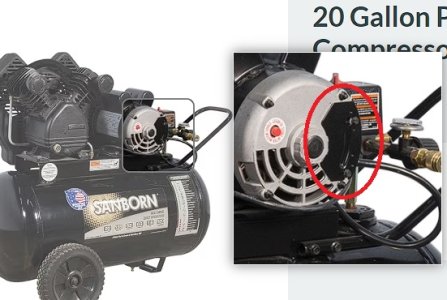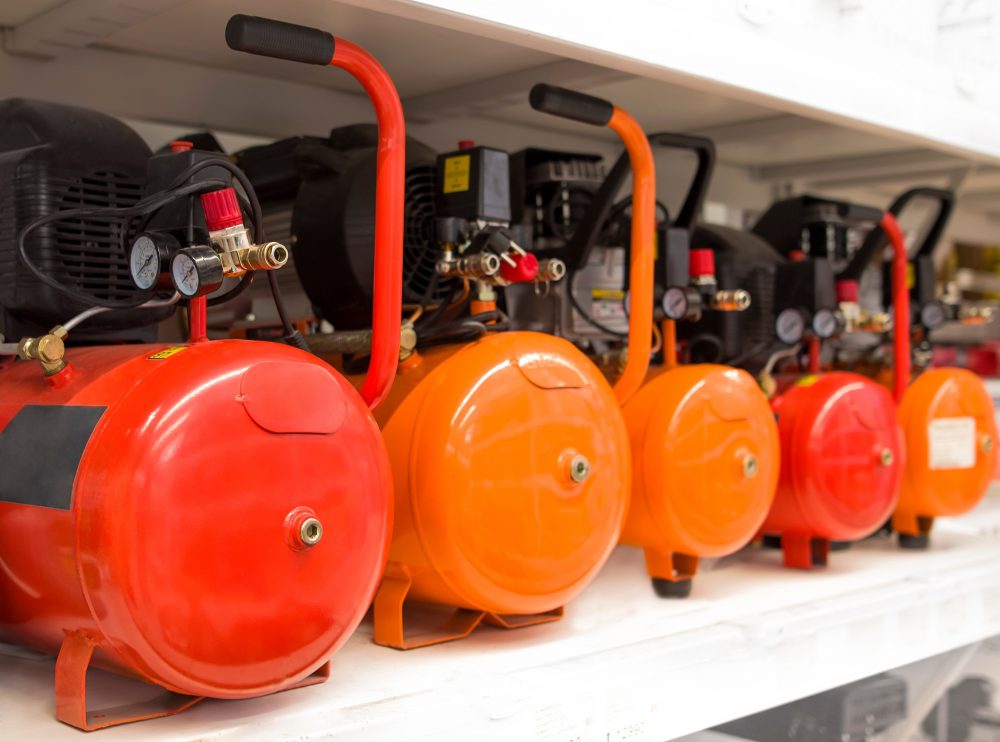curmudgeon
(Steve)
Jim, earlier you reported that you are limited to 50 amps for the compressor, plasma cutter, lighting, etc. Compressors typically draw much more power during start up than while operating. Will you have sufficient capacity to run your plasma cutter and compressor concurrently?
That PA 120V compressor has a 12.2 amp rating, but also claims a 2.5 max HP rating - at 746 watts/HP, the math doesn't work. You also indicated that you were concerned about the compressor being able to keep up with long or repeated cuts. That PA compressor has a duty cycle of 50% which, as I understand it, means maximum 5 minutes on followed by a minimum of 5 minutes off.
Given the power supply limitations you've shared and the usage you plan, you should consider a 240V compressor to split the current draw over both legs, and look for a compressor motor with a higher duty cycle.
Installing an additional 240V receptacle and the trouble to find a friend to help with pickup/delivery are one-time events that could lead to years of problem free usage. I would be concerned that the start up current draw of that 120V unit while you're using the plasma cutter will trip your 50 amp breaker in the main panel.
g'luck
That PA 120V compressor has a 12.2 amp rating, but also claims a 2.5 max HP rating - at 746 watts/HP, the math doesn't work. You also indicated that you were concerned about the compressor being able to keep up with long or repeated cuts. That PA compressor has a duty cycle of 50% which, as I understand it, means maximum 5 minutes on followed by a minimum of 5 minutes off.
Given the power supply limitations you've shared and the usage you plan, you should consider a 240V compressor to split the current draw over both legs, and look for a compressor motor with a higher duty cycle.
Installing an additional 240V receptacle and the trouble to find a friend to help with pickup/delivery are one-time events that could lead to years of problem free usage. I would be concerned that the start up current draw of that 120V unit while you're using the plasma cutter will trip your 50 amp breaker in the main panel.
g'luck



